I build a project using 8 relays in a matrix (charlieplexing) to control 16 motors (actuators), plus one relay to control two DPDT relays to reverse the power for the motor to turn reverse. I only need to run one motor at a time.
When testing it i found that current will run though the motors and start other motors in the grid.
Is there anyway this would be able to work or do I need a relay for each motor?

